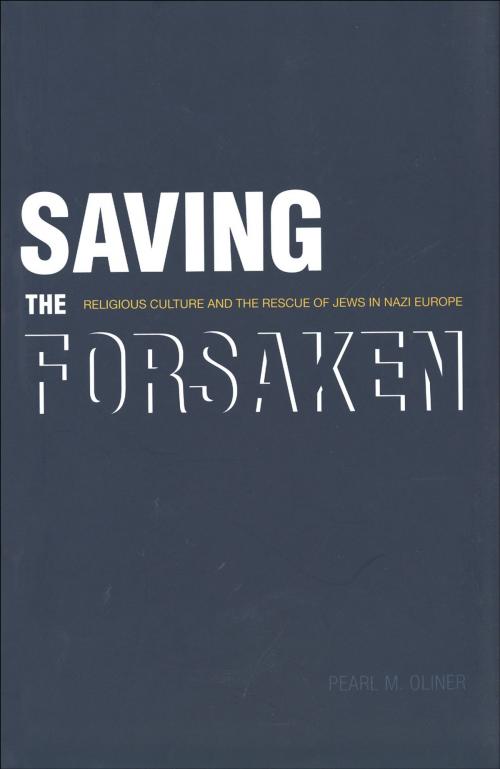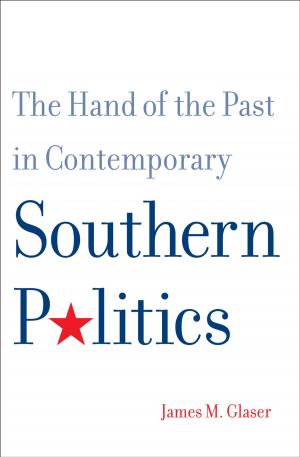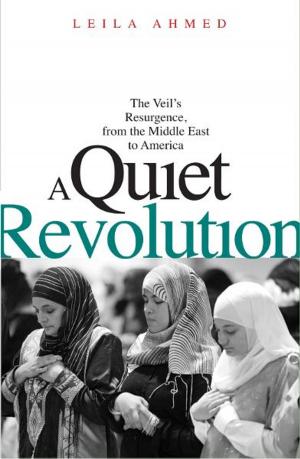| Author: | Pearl M. Oliner | ISBN: | 9780300130409 |
| Publisher: | Yale University Press | Publication: | October 1, 2008 |
| Imprint: | Yale University Press | Language: | English |
| Author: | Pearl M. Oliner |
| ISBN: | 9780300130409 |
| Publisher: | Yale University Press |
| Publication: | October 1, 2008 |
| Imprint: | Yale University Press |
| Language: | English |
Does religion encourage altruism on behalf of those who do not belong? Are the very religious more likely to be altruistic toward outsiders than those who are less religious? In this book Pearl M. Oliner examines data on Christian rescuers and nonrescuers of Jews during the Holocaust to shed light on these important questions.
Drawing on interviews with more than five hundred Christians-Protestant and Catholic, very religious, irreligious, and moderately religious rescuers and nonrescuers living in Nazi-occupied Europe, Oliner offers a sociological perspective on the values and attitudes that distinguished each group. She presents several case studies of rescuers and nonrescuers within each group and then interprets the individual’s behavior as it relates to his or her group. She finds that the value patterns of the religious groups differ significantly from one another, and she is able to highlight those factors that appear to have contributed most toward rescue within each group.
Does religion encourage altruism on behalf of those who do not belong? Are the very religious more likely to be altruistic toward outsiders than those who are less religious? In this book Pearl M. Oliner examines data on Christian rescuers and nonrescuers of Jews during the Holocaust to shed light on these important questions.
Drawing on interviews with more than five hundred Christians-Protestant and Catholic, very religious, irreligious, and moderately religious rescuers and nonrescuers living in Nazi-occupied Europe, Oliner offers a sociological perspective on the values and attitudes that distinguished each group. She presents several case studies of rescuers and nonrescuers within each group and then interprets the individual’s behavior as it relates to his or her group. She finds that the value patterns of the religious groups differ significantly from one another, and she is able to highlight those factors that appear to have contributed most toward rescue within each group.















